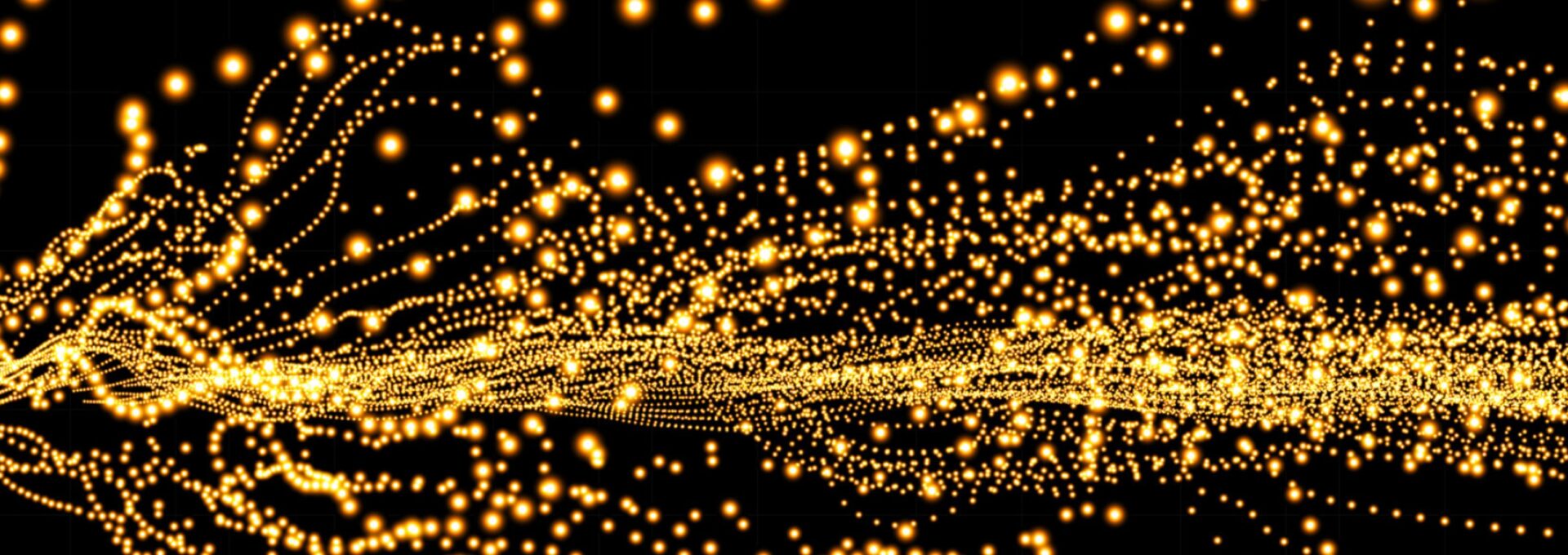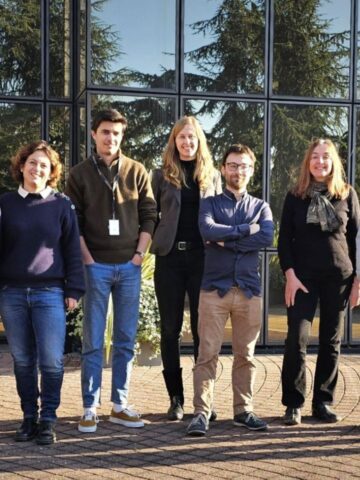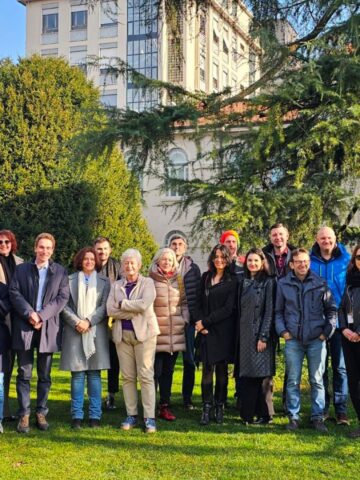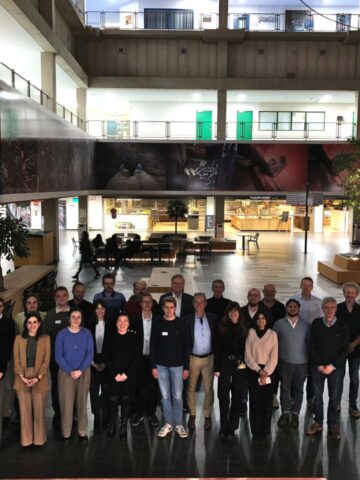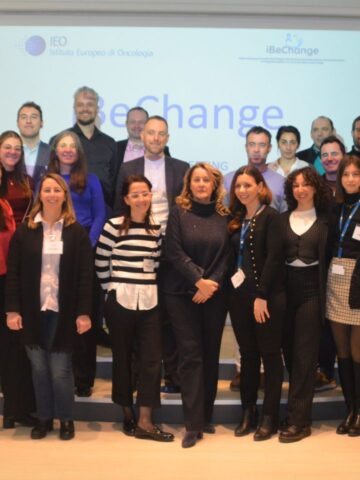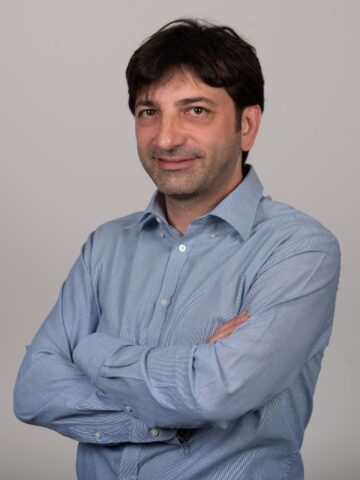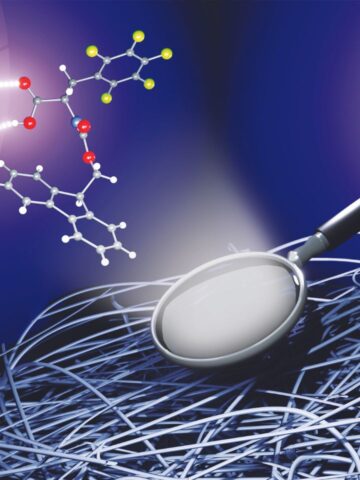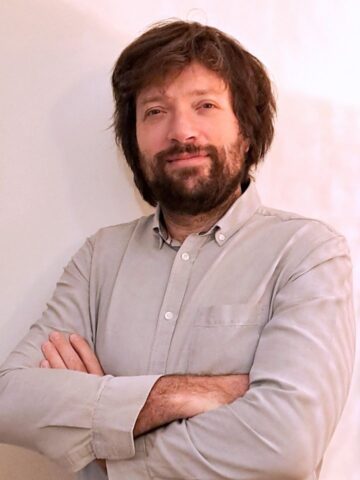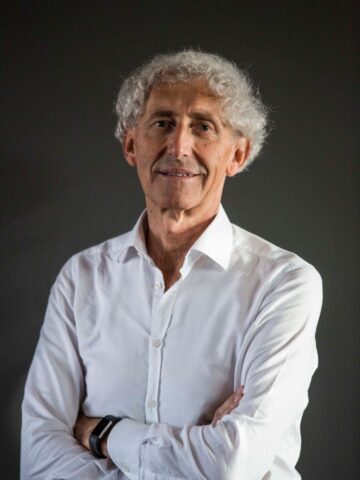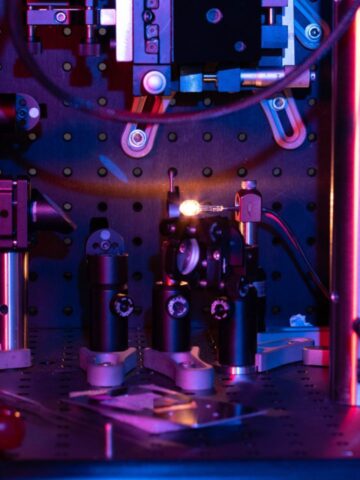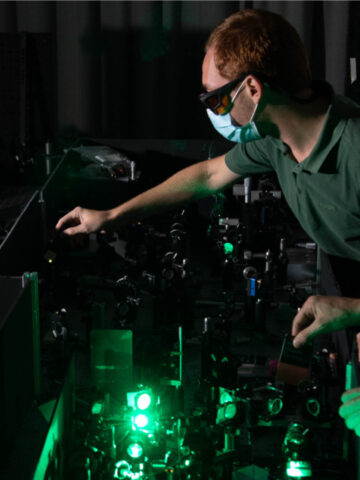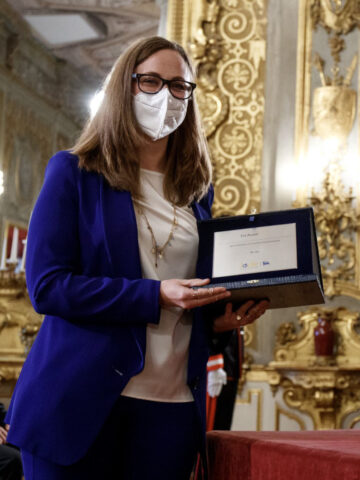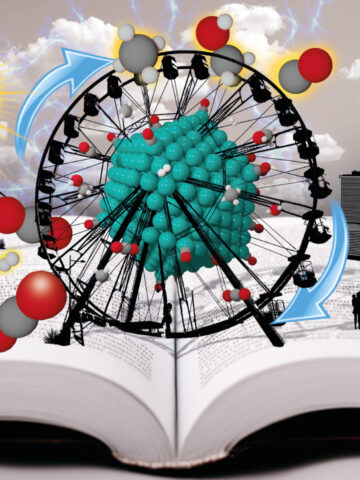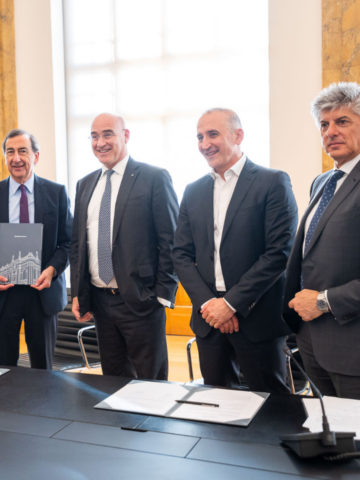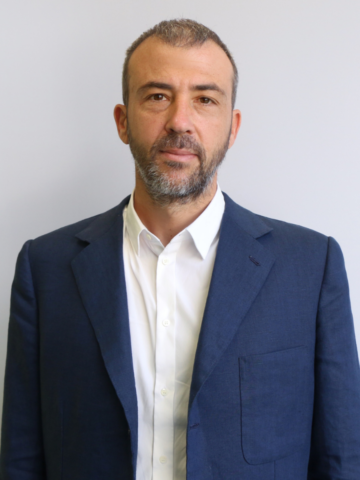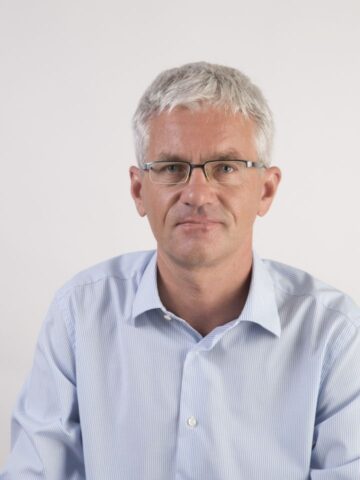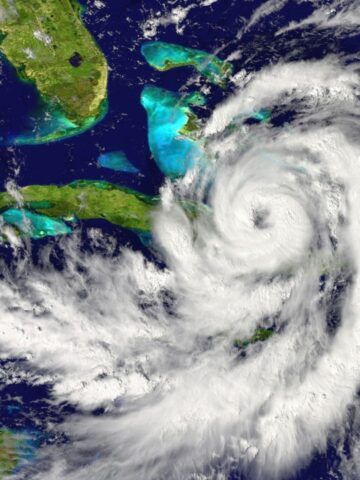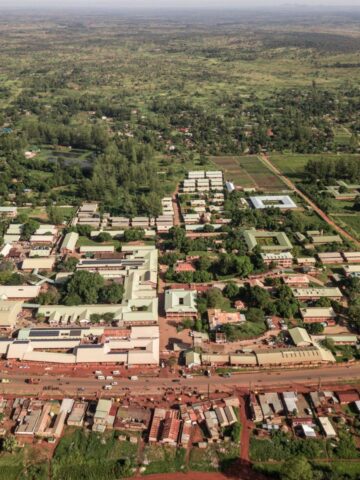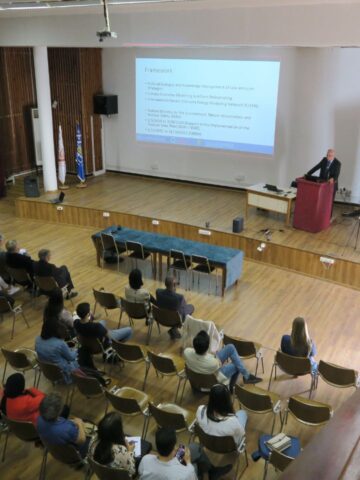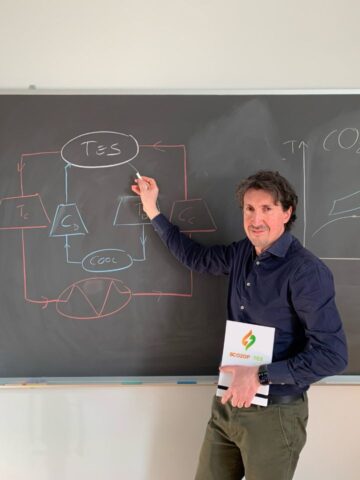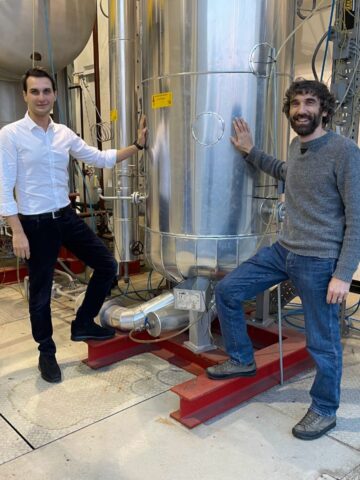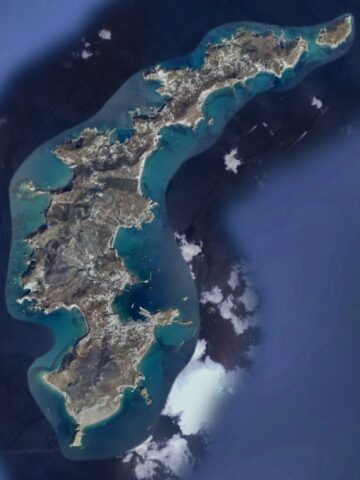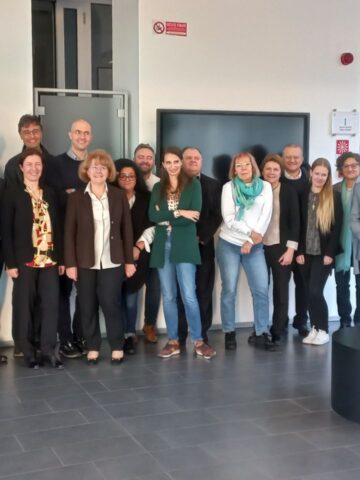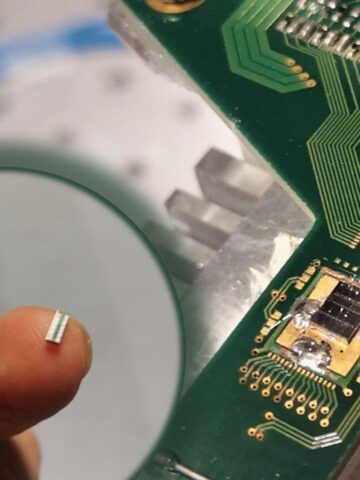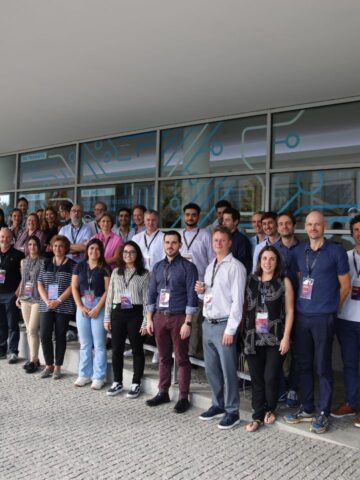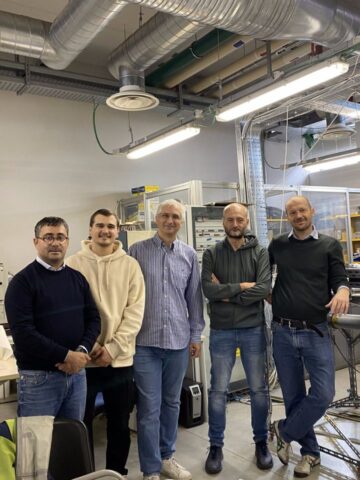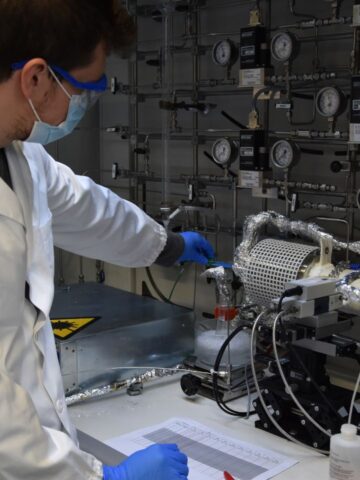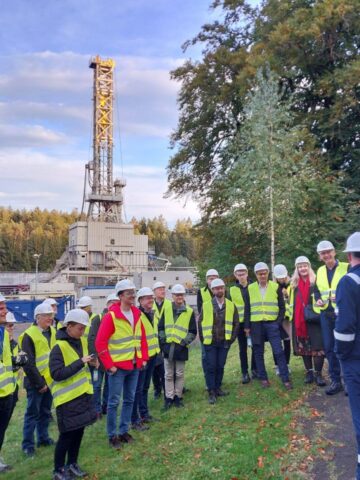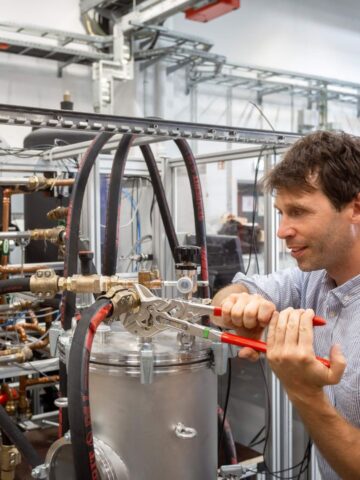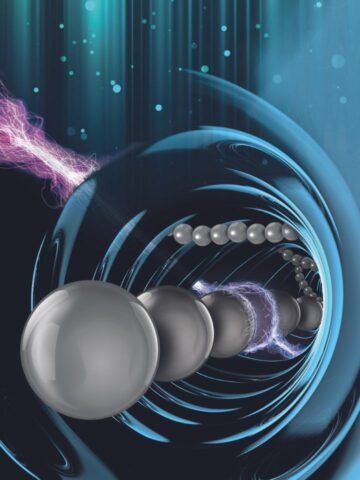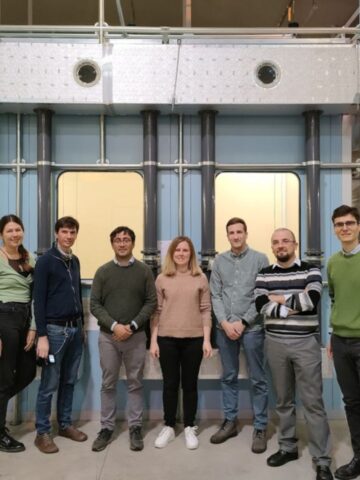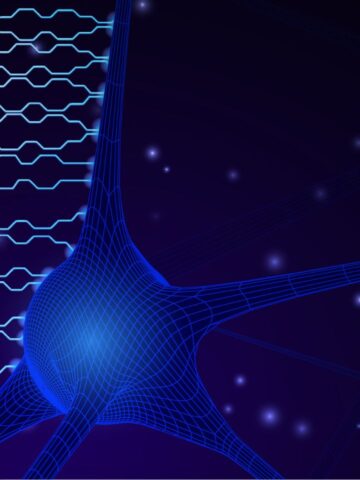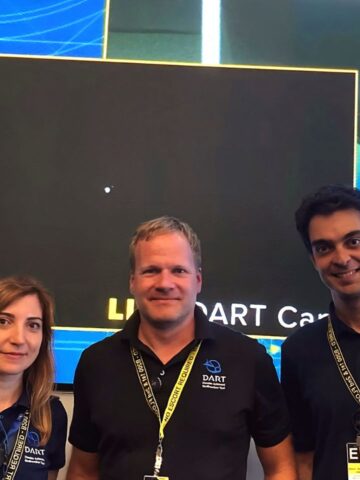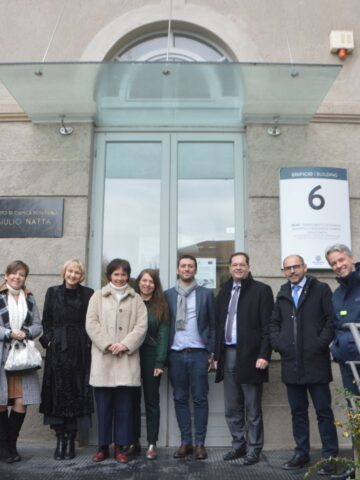The SupraBioNano Lab (SBNLab) at the Politecnico di Milano’s Department of Chemistry, Materials and Chemical Engineering “Giulio Natta”, in partnership with the University of Bologna and the Aalto University of Helsinki (Finland) has, for the first time, synthesised a superfluorinated gold nanocluster, made up of a core of only 25 gold atoms, to which 18 branch-structured fluorinated molecules are linked.
The metal clusters are an innovative class of very complex nanomaterial, characterised by ultra-small dimensions (<2nm) and peculiar chemical-physical properties such as luminescence and catalytic activity, which encourage its application in various scientific fields of high importance in relation to modern global challenges. These include precision medicine, in which metal nanoclusters are used as innovative probes for diagnostic and therapeutic applications, and the energy transition, where they are applied as efficient catalysers for the production of green hydrogen.
The crystallisation of metal nanoclusters offers the possibility of obtaining high-purity samples, allowing their fine atomic structure to be determined; however, at present this remains a very difficult process to control. The methodologies developed in this study promoted the crystallisation of nanoclusters, allowing their atomic structure to be determined. The end result is the structural description of the most complex fluorinated nano-object ever reported.
The atomic structure has been determined by means of x-ray diffraction at the Sincrotrone Elettra in Trieste. It will soon be possible to study the structure of these advanced nanomaterials at the Politecnico di Milano, where – thanks also to the grant from the Region of Lombardy – Next-GAME (Next-Generation Advanced Materials), a laboratory dedicated to the use of state-of-the-art x-ray instruments to characterise crystals, nanoparticles and colloids, is being established.
Among the authors of the study were Prof. Pierangelo Metrangolo, Prof. Giancarlo Terraneo, Prof. Valentina Dichiarante, Prof. Francesca Baldelli Bombelli, Dr. Claudia Pigliacelli (SBNLab); professor Giulio Cerullo, from the Politecnico di Milano’s Department of Physics, also contributed to the study, looking at the nanocluster’s optical characteristics and demonstrating the fluorinated binders’ impact on the gold core’s optical activity.

